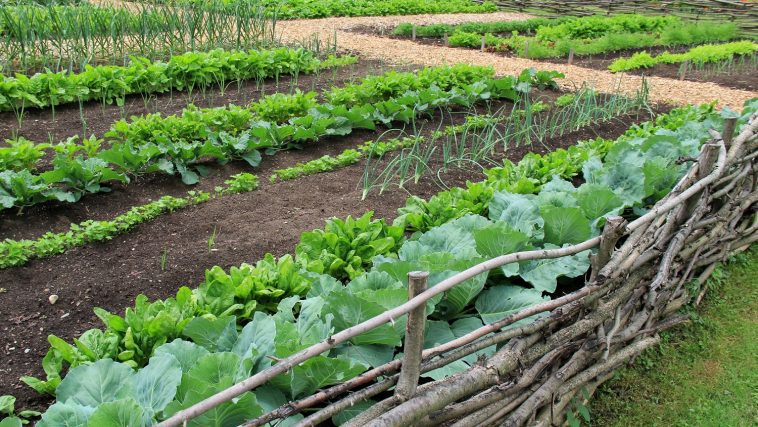At any level of society, communication is essential to a well-run system.
- My wife and I talk about money (or the lack of it), the kids and grandkids, what each of us needs to do that week, and church events.
- All levels of government communicate, setting up numerous meetings, phone calls, and emails.
Nothing would get done without someone talking to someone else. Even animals talk to one another. Wolves howl to keep in touch with other members of the pack; male lions roar to tell other prides to stay in their own territory.
But what about plants?
Can plants talk to each other? God’s creation is so amazing that we are just beginning to learn about plant communication. Researchers are discovering that, yes, plants can communicate with one another by means of chemical exchange and more. Plants are stationary; once the seed germinates, the plant stays put.
The problem is that the place the plant grows may not be the best place for it. Diseases are always a problem, and a plant can’t run away from those who would like to eat it. God has given plants the ability to cope with these situations by creating them with the ability to warn other plants of danger.
Volatile organic compounds (VOCs) are a common type of chemical signal that is given off by plants. VOCs are small molecules given off as gasses that diffuse in the air surrounding the plant.
Plants that are being eaten, for example, will give off a VOC called methyl jasmonate (MeJA). Once the attacked section releases this gas to other parts of the same plant and the plants surrounding it, it and the neighboring plants activate defense mechanisms. In the case of an insect attack, the plant community will immediately start producing anti-insect toxins to protect itself. Where there is a fungal disease, the plant will produce an anti-fungal compound.
Will these chemical exchanges provide protection in all cases? Well…no. When a bison grazes in Yellowstone National Park, the grass can’t do much about it.
Researchers have found cases in which VOCs can travel underground through the root systems, rather than by air, traveling in much the same way as water and nutrients. This allows the plants to mount a defense against invading fungi and bacteria in the soil by stimulating root cells.
God created different VOCs to warn plant neighbors about dangers, while others help the plant attract useful and beneficial organisms, such as bacteria that convert nitrogen gas from the atmosphere into nutrients.
For example, an infestation of aphids on one plant will cause a chemical exchange to the plants surrounding it, communicating the danger. The attacked plant will produce a chemical compound that will repel aphids and attract aphid-eating wasps. The neighboring plants will “read” that information and do the same.
This is another part of God’s creation that scientists are just starting to learn about. Some scientists will give God the glory, while sadly, others will not.
Then God said, “Let the land produce vegetation, seed-bearing plants and trees on the land that bear fruit with seed in it, according to their various kinds.” And it was so. Genesis 1:11






